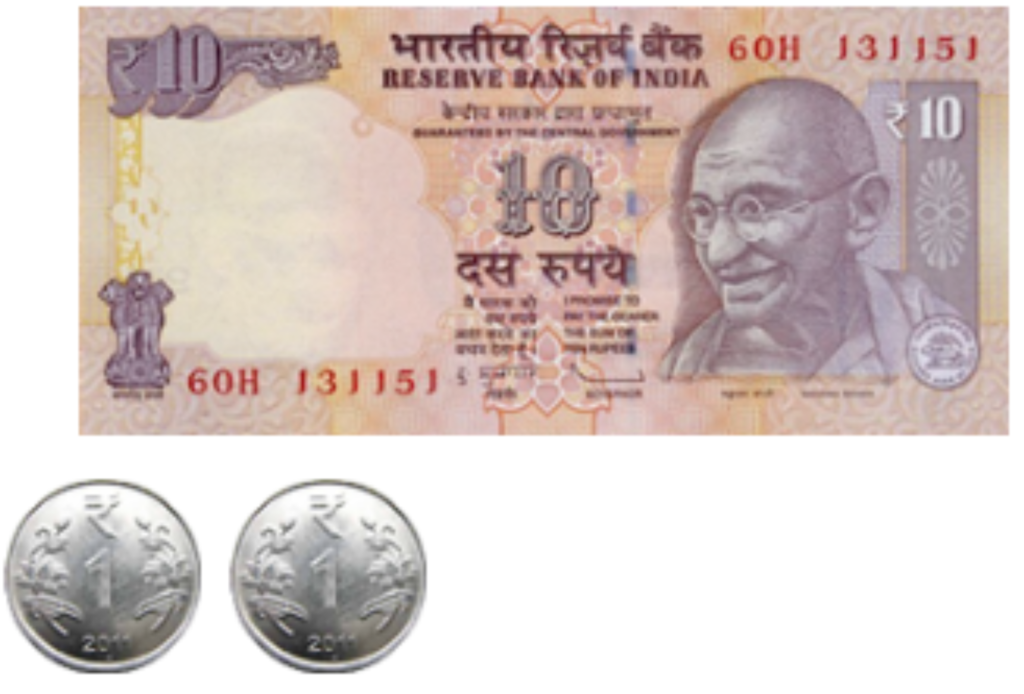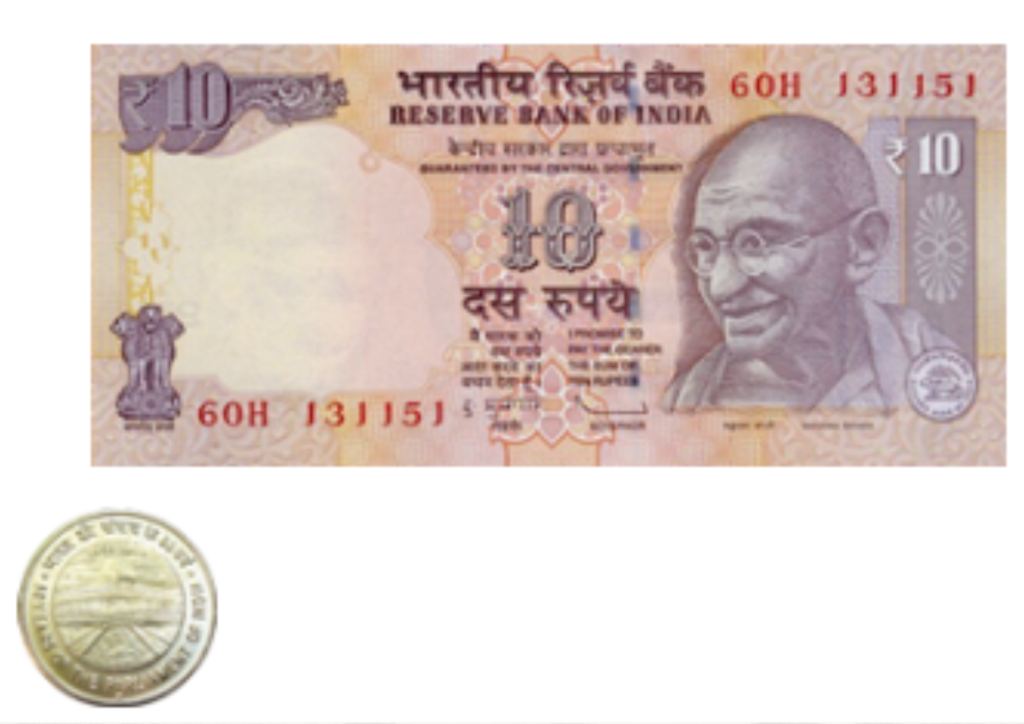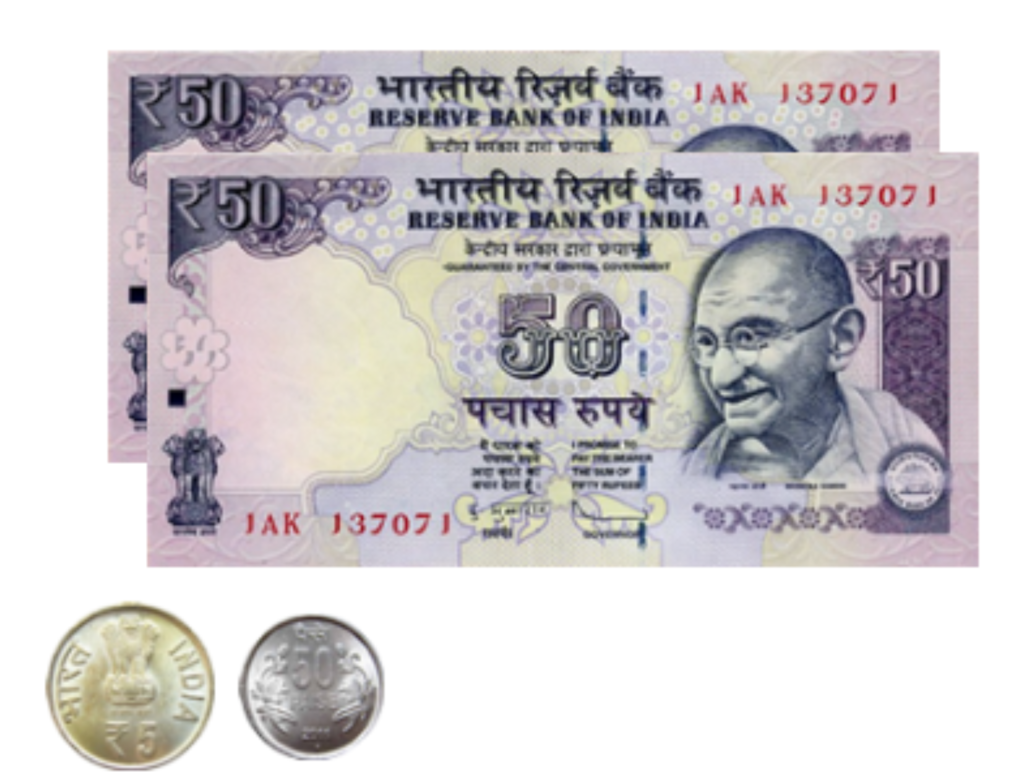Count coins and notes – up to 500-rupee note
Key Notes :
- Understanding Currency Values:
- Start by introducing the concept of money and its different values, such as coins and notes.
- Show various coins (1 rupee, 2 rupees, 5 rupees, 10 rupees) and smaller notes (like 10, 20, 50, 100 rupees).
- Explain the value of each coin and note, ensuring students understand the differences.
- Identifying Coins and Notes:
- Teach kids to recognize and differentiate between various coins and notes. Create flashcards or visual aids with images of each denomination.
- Encourage them to match the names of the coins and notes with their corresponding values.
- Counting Coins and Notes:
- Start with simpler combinations, such as counting a small number of 1-rupee coins and gradually progress to adding different denominations.
- Practice adding coins and notes together in simple sums, like 1-rupee coins plus a 10-rupee note.
- Engage the students in hands-on activities where they physically count different denominations to understand their total value.
- Practical Exercises:
- Use practical examples or scenarios where the students can practice counting money. For instance, provide a few coins and notes and ask them to count the total amount.
- Create simple problems or games to make learning fun and engaging.
- Using Real-Life Examples:
- Relate the concept to real-life situations. For instance, explain the cost of items in a shop and how different coins and notes are used to make a specific purchase.
- Reinforcement and Practice:
- Provide worksheets or exercises that involve counting coins and notes. Use colorful and attractive materials to sustain their interest.
- Conduct regular practice sessions to reinforce their learning.
- Safety and Value of Money:
- Emphasize the importance of handling money carefully and understanding its value.
- Teach them about the significance of saving money and the idea of spending wisely.
- Progression to Larger Sums:
- Once they grasp the basics, gradually introduce larger denominations like 100-rupee notes, followed by 500-rupee notes.
Learn with an example
✈️ How much money is there?

₹__________
- First, count the 10-rupee notes: ₹10.00.
- Now count the 1-rupee coins: ₹11.00, ₹12.00.
- There is ₹12.00.
✈️ How much money is there?

₹__________
- First, count the 10-rupee notes: ₹10.00.
- Now count the 5-rupee coins: ₹15.00.
- There is ₹15.00.
✈️ How much money is there?

₹__________
- First, count the 50-rupee notes: ₹50.00, ₹100.00.
- Then, count the 5-rupee coins: ₹105.00.
- Now count the 50-paise coins: ₹105.50.
- There is ₹105.50.
Let’s practice!🖊️

